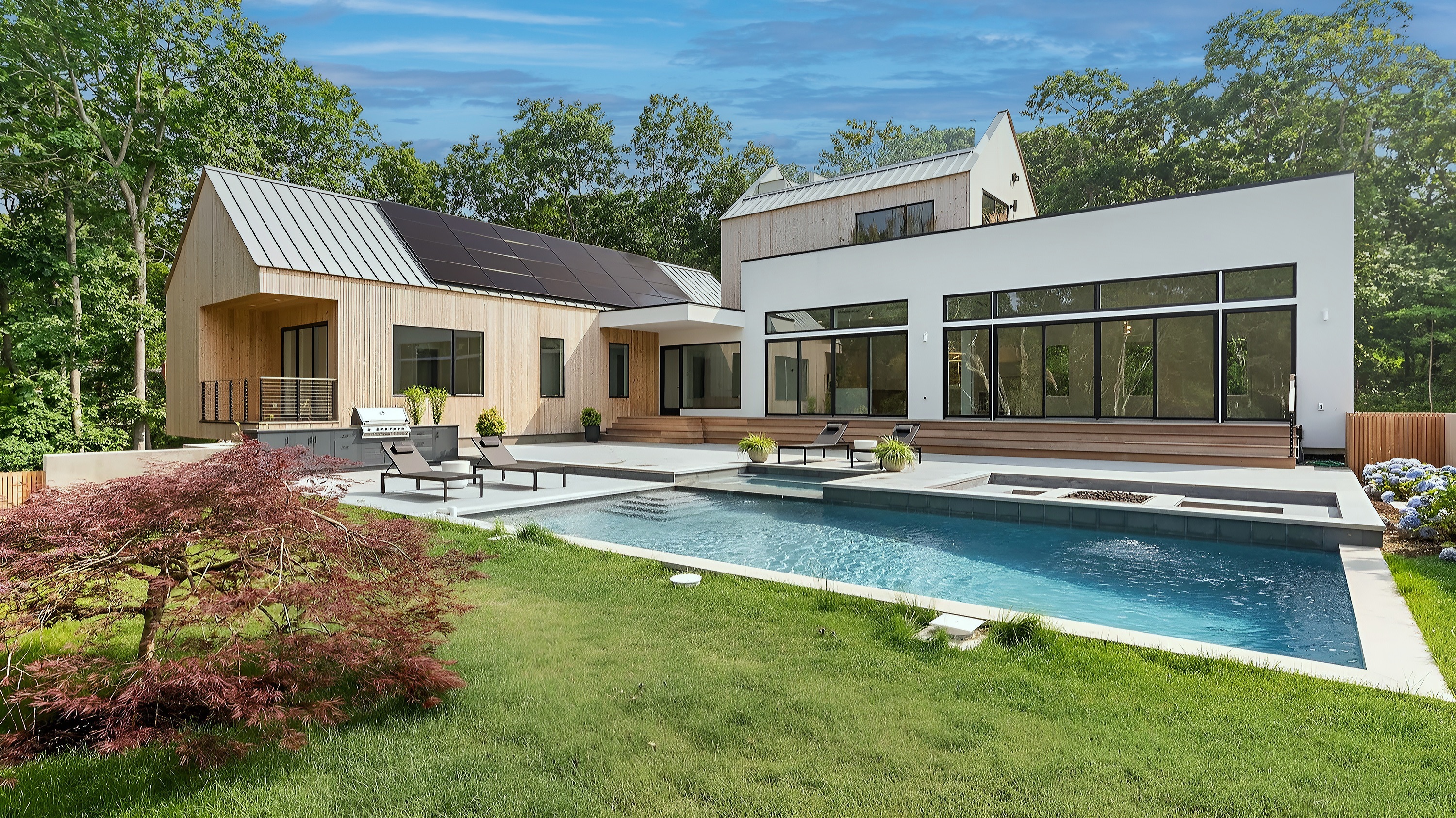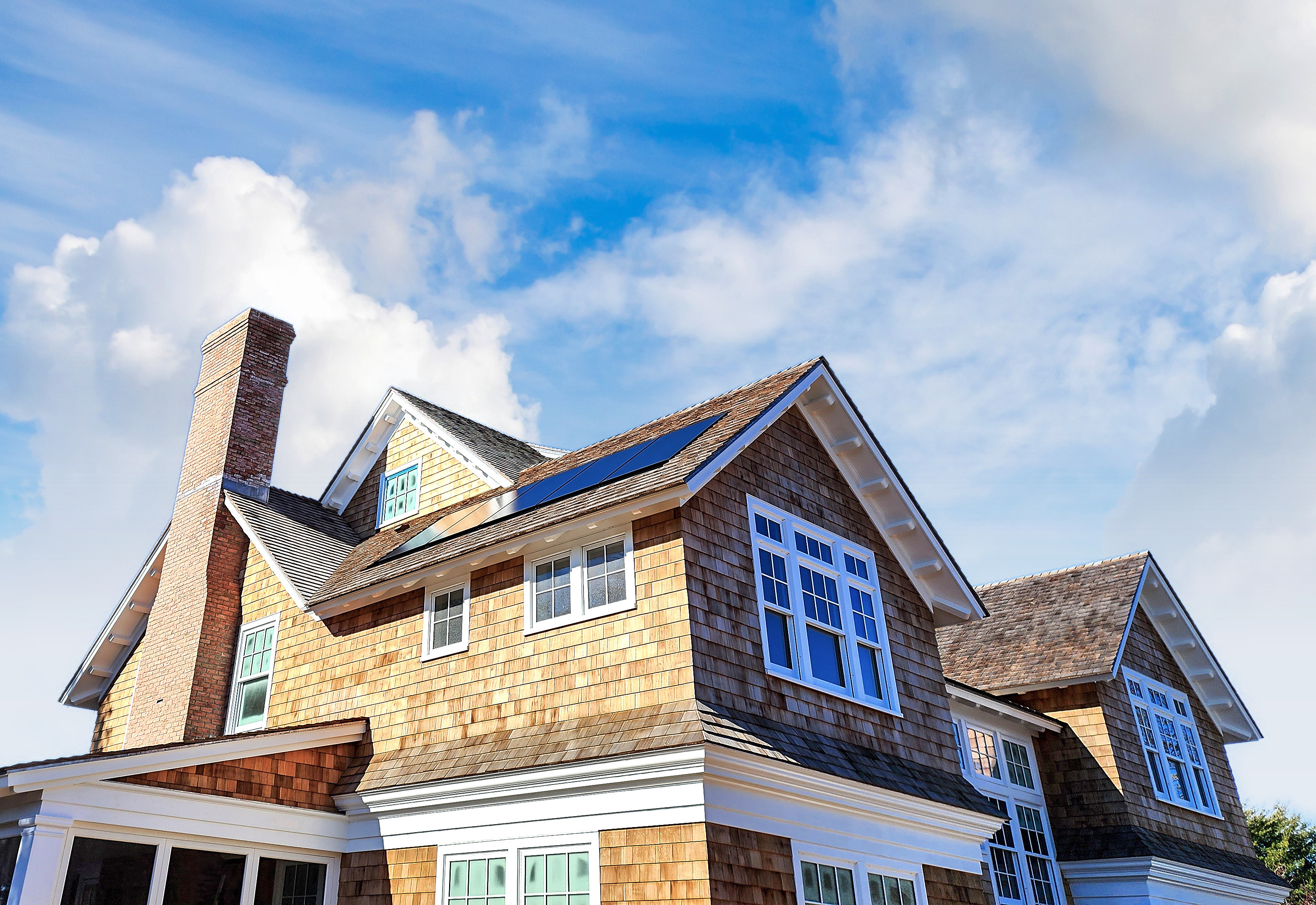How Many Solar Panels Does Your Home Need?

To determine how many solar panels you’ll need, one must first reflect on their goals. Most goals involve minimizing carbon footprint, maximizing return on investment and saving as much money as possible. The majority of people look to save money while minimizing their environmental impact.
Then, homeowners must understand the following:
- The amount of energy the household consumes
- The roof’s usable surface area
- The climate and peak sunlight in your area
- The wattage and relative efficiency of the photovoltaic (PV) panels you’re considering
- Net metering availability
The most convenient way to know how many solar panels you’ll need is to consult with our professional solar installers. We will give you a free, expert home solar evaluation.
Lets, dive in!
How much solar power will you need?
Look at your past utility bills to determine your home’s average energy requirements. You can calculate how many solar panels you need by multiplying your household’s hourly energy requirement by the peak sunlight hours for your area and divide that by a panel’s wattage. Use a low-wattage (150W) and high-wattage (370W) example to establish a range (ex: 17-42 panels to generate 11,000 kWh/year). Note that how much sunlight your roof gets, your roof size and battery storage will figure in as well.
Working with GreenLogic means our solar experts will handle all these calculations for you. But Let’s dive in to give you some idea of how many solar panels are needed for the average home (or for your home in particular), Here is a sample set of questions that a solar professional might use to figure it out:
1. How many watts do you currently use?
Look at your electricity bill for average usage. Look for “Kilowatt Hours (or kWh) Used” or something similar, and then note the time period represented (usually 30 days). If your bill doesn’t show kilowatt-hours used, look for beginning and ending meter readings and subtract the previous reading from the most recent one.
You want daily and hourly usage for our calculations, though, so if your bill doesn’t show a daily average, just divide the monthly or annual average by 30 or 365 days, respectively, and then divide again by 24 to determine your hourly average electricity usage. Your answer will be in kilowatt-hours (kWh). (And just in case you are wondering, a kilowatt-hour is how much power you are using at any given time multiplied by the total time the power is being used.)
A small home in a temperate climate might use something like 200 kwh per month, and a larger home in the south where air conditioners account for the largest portion of home energy usage might use 2,000 kWh or more. The average U.S. home uses about 900 kWh per month. So that’s 30 kWh per day or 1.25 kWh per hour.
Your average daily energy usage is your target daily average to calculate your solar needs. That’s the number of kilowatt-hours you need your solar system to produce if you want to cover 100 percent of your energy needs.
It’s important to note that solar panels don’t operate at maximum efficiency at all times. Weather conditions, for example, can temporarily reduce your system’s efficiency. Therefore, experts recommend adding a 25 percent “cushion” to your target daily average to ensure you can generate all the clean energy you need.

2. How many hours of sunlight can you expect in your area?
The peak sunlight hours for your particular location will have a direct impact on the energy you can expect your home solar system to produce. For example, if you live in Phoenix, you can expect to have a greater number of peak sunlight hours than if you lived in Seattle. That doesn’t mean a Seattle homeowner can’t go solar; it just means the homeowner would need more panels.
The Renewable Resource Data Center provides sunlight information by state and for major cities.
Now multiply your hourly usage (see question No. 1) by 1,000 to convert your hourly power generation need to watts. Divide your average hourly wattage requirement by the number of daily peak sunlight hours for your area. This gives you the amount of energy your panels need to produce every hour. So the average U.S. home (900 kWh/month) in an area that gets five peak sunlight hours per day would need 6,250 watts.
3. What affects solar panel output efficiency?
Here’s where solar panel quality makes a difference. Not all solar panels are alike. Photovoltaic (PV) solar panels (most commonly used in residential installations) come in wattages ranging from about 150 watts to 370 watts per panel, depending on the panel size and efficiency (how well a panel is able to convert sunlight into energy), and on the cell technology.
For example, solar cells with no grid lines on the front (like SunPower) absorb more sunlight than conventional cells and do not suffer from issues such as delamination (peeling). The construction of our cells makes them stronger and more resistant to cracking or corrosion. And a microinverter on each panel can optimize power conversion at the source, in contrast to one large inverter mounted on the side of the house.
Because of these wide variations in quality and efficiency, it’s difficult to make generalizations about which solar panels are right for you or how many you’ll need for your home. The main takeaway is that the more efficient the panels are, the more wattage they can produce, and the fewer you will need on your roof to get the same energy output. Conventional solar panels usually produce about 250 watts per panel, with varying levels of efficiency. In contrast, SunPower panels are known to be the most efficient solar panels on the market.
To figure out how many solar panels you need, divide your home’s hourly wattage requirement (see question #3) by the solar panels’ wattage to calculate the total number of panels you need.
So that average U.S. home in Dallas, Texas, would need about 25 conventional (250W) solar panels or 17 SunPower (370W) panels.

4. What is the effect of solar panel size?
If you have a small or unusually shaped roof, solar panel size and numbers are important considerations. With a large usable roof area, perhaps you can sacrifice some efficiency and buy more larger panels (at a lower cost per panel) to get to your target energy output. But if your usable roof area is limited, or if it’s partially shaded, being able to use fewer smaller high efficiency panels may be the best way to make the most possible power over the long term, ultimately saving you more money.
Typical residential solar panel dimensions today are about 65 inches by 39 inches, or 5.4 feet by 3.25 feet, with some variation among manufacturers.
These dimensions have remained more or less unchanged for decades, but the efficiency and output from that same footprint have changed dramatically for the better. In addition, we can design entire systems to have virtually no gaps between panels and uses invisible framing and mounting hardware to keep the rooftop footprint as tight, efficient and attractive as possible.
Knowing the answers to the above questions will give you an idea of the ideal number of panels for your electricity generation needs — or at least a realistic range. Next, a professional installer needs to assess your roof architecture, angle to the sun and other factors to see if and how you’d be able to physically arrange the right number of panels on your roof to achieve your daily energy production goals.

You should also consider net metering as you’re considering figuring out your ROI for your solar system. Net metering is how your utility company credits you for producing excess solar energy when the sun is shining and then lets you draw from those credits when you’re using conventional power grid at night, if you don’t have a solar battery storage system.
To get started on your solar power journey with GreenLogic, fill out the form on our homepage or speak with our professional consultants at (631) 771-5152.
Get Started Today!
Give us a call or fill out the form to schedule your free consultation and start putting the sun to work for you.
Give us a call 631.771.5152
